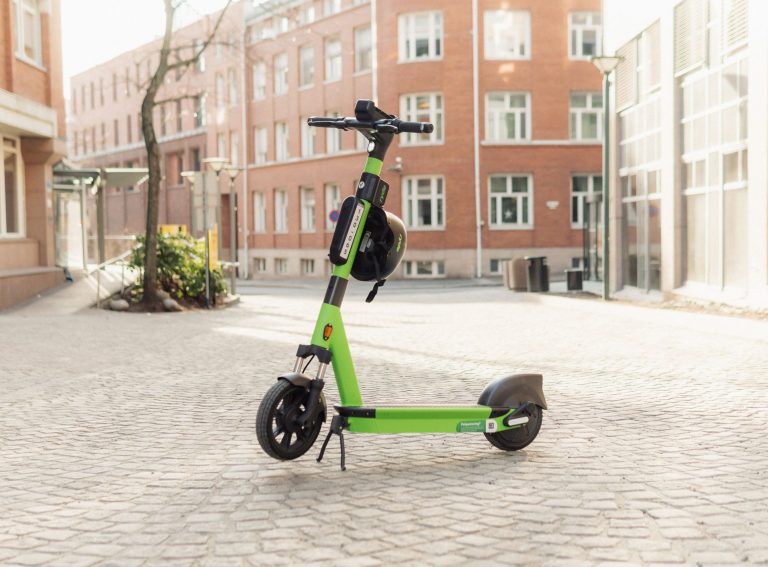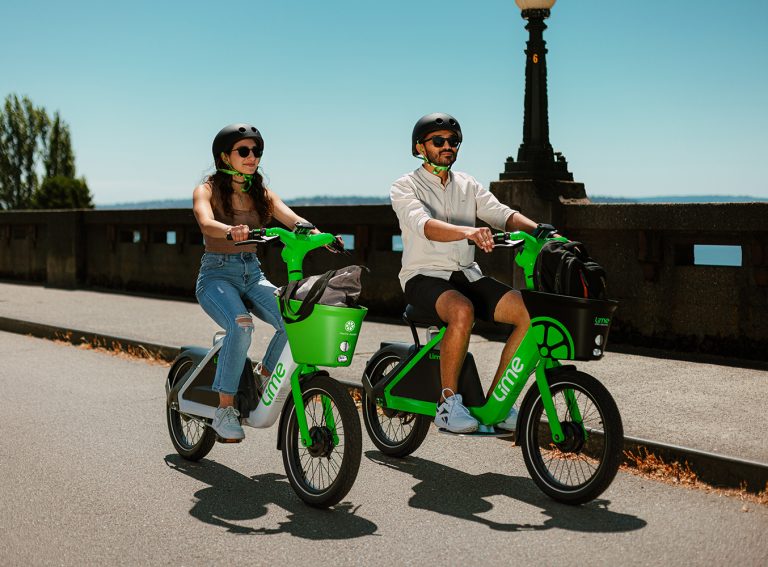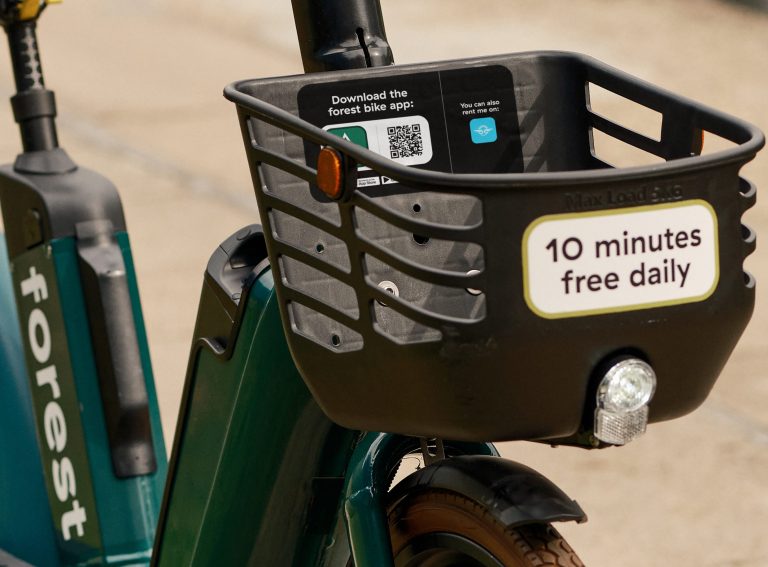New research by micromobility operator Dott reveals that there is a lot of untapped interest for micromobility services among women, with more than 35% wanting to try Dott’s service.
In particular, almost 50% of women over 45 said they were open to using Dott e-scooters.
The research was gathered as part of Dott’s first e-scooter gender gap report.
Findings show that men (71%) make up the majority of new riders, while 29% are women.
But the gap is smaller in more established markets such as France and Belgium. As the service becomes more rooted in daily travel, the visibility of women using e-scooters is increased.
“This research highlights a gender gap in the usage of micromobility, with the majority of users at the moment being men,” Dott’s Head of Sustainability Laura Hensel told Zag Daily.
“But it also reveals untapped potential among women who currently don’t use it. With nearly half of women over 45 open to using Dott e-scooters, there is an opportunity for shared micromobility to benefit many more people. We hope we can make progress through dedicated training sessions and by working with the cities we operate in to ensure that everyone feels micromobility is safe to use.”
When exploring what prevents women’s take-up, 39% said that road safety was the main barrier. Of primary concern was a lack of cycling infrastructure and having to share the road with cars and buses.
Other reasons include the price, feeling unsteady, availability and coverage.
Road safety was a concern more notable in the UK (35%) and Italy (51%) than in France (20%).
In response to these findings, Dott is launching a series of safety training sessions in London, with one per month reserved for women only.
Running for one hour on Fridays and Saturdays, the aim of these sessions are to provide a safe and comfortable environment for women to trial e-scooters.
The research has also prompted Dott to take action by indicating where more bike lanes can be added, where dedicated areas for e-bikes can be established, and where e-scooters can serve communities lacking transport options.




